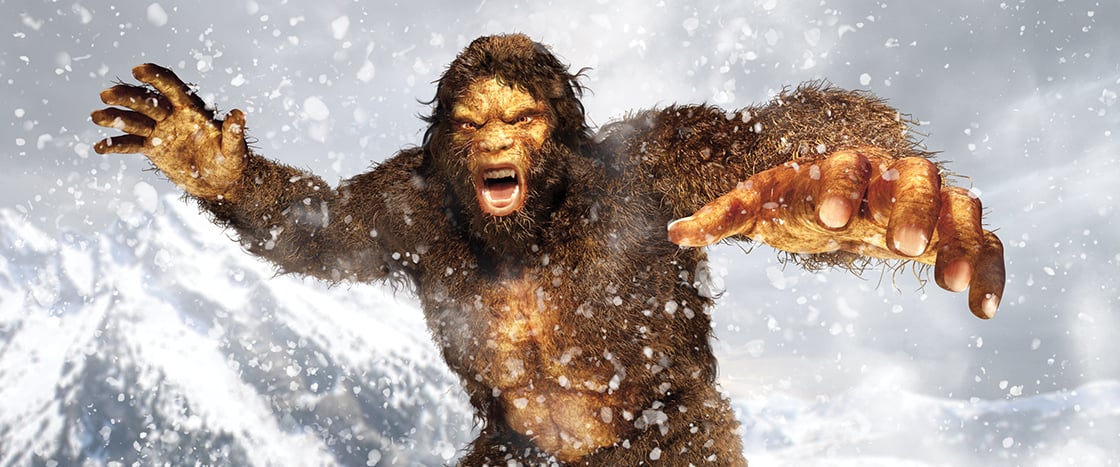Jim McMahon
Back in 1951, two men were climbing the Himalayan mountains in Central Asia when they spotted something strange: large, oddly shaped footprints in the snow. The prints were enormous—33 centimeters (13 inches) long—and they had an oversized thumb-like toe.
The climbers suspected that the prints came from a legendary beast known as the yeti. For centuries, people had reported seeing the monster. Some had even collected bits of hair, bones, and droppings that they thought came from yetis.
Despite this evidence, many people today doubt the monster exists. Biologist Charlotte Lindqvist (LIND-kvist) recently set out to investigate. She agreed to study several samples believed to belong to yetis as part of a documentary about the monster. Her questions: Did the samples come from a known animal? Or did they belong to something more mysterious?
Two men were climbing the Himalayan mountains back in 1951. The mountains are in Central Asia. The climbers spotted something strange. There were oddly shaped footprints in the snow. The prints were huge. They were 33 centimeters (13 inches) long. And they had a large thumb-like toe.
The climbers thought the prints came from a legendary beast. It was known as the yeti. Many people claimed they’d seen the monster. The reports date back hundreds of years. Some had even collected bits of hair, bones, and droppings. They thought these things came from yetis.
This may seem like a lot of evidence. But most people today doubt the monster exists. Charlotte Lindqvist (LIND-kvist) recently set out to investigate. She’s a biologist. She agreed to study several samples. They were thought to belong to yetis. The work was for a documentary about the monster. She wanted to answer these questions: Did the samples come from a known animal? Or did they belong to something more mysterious?

